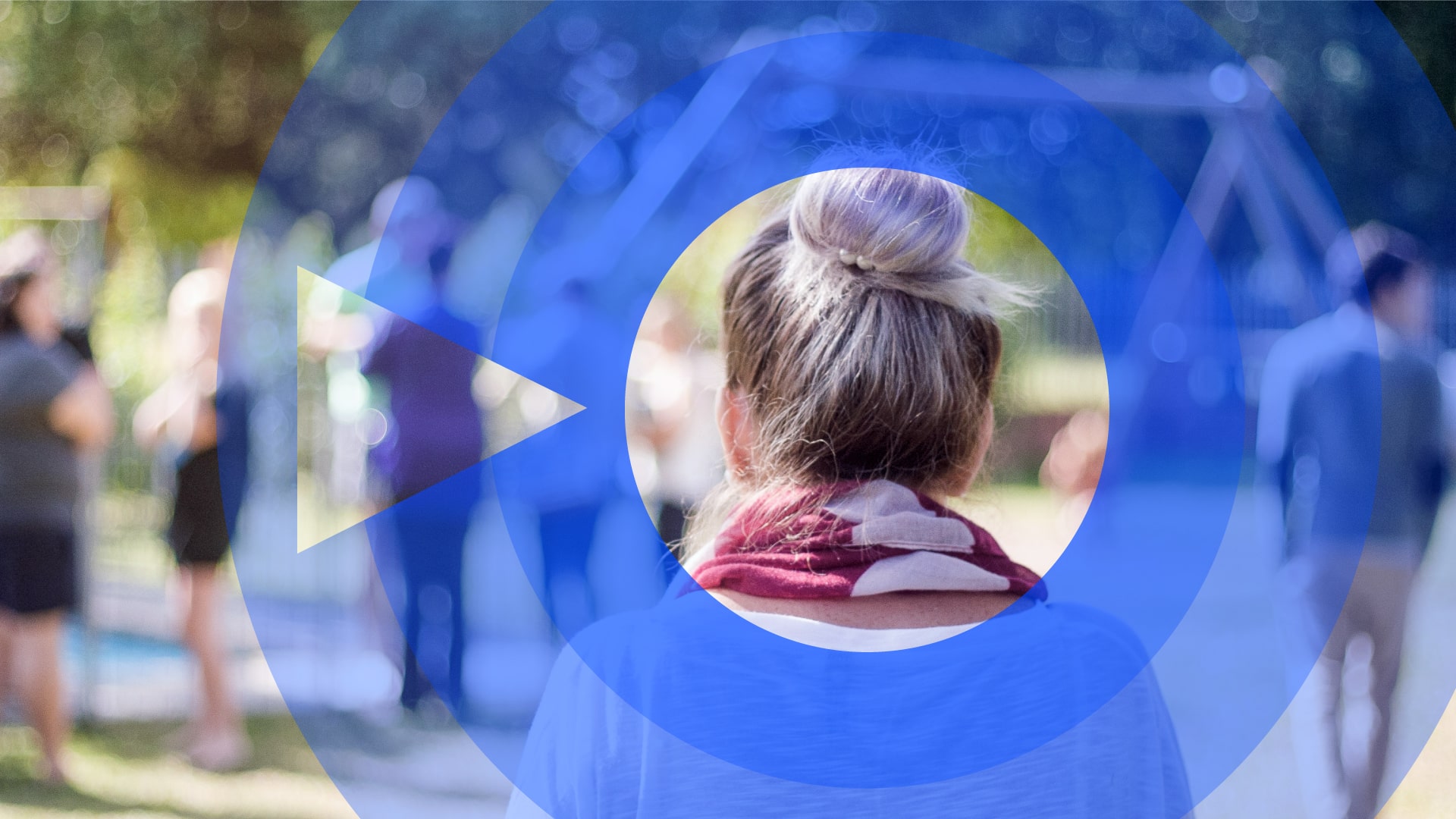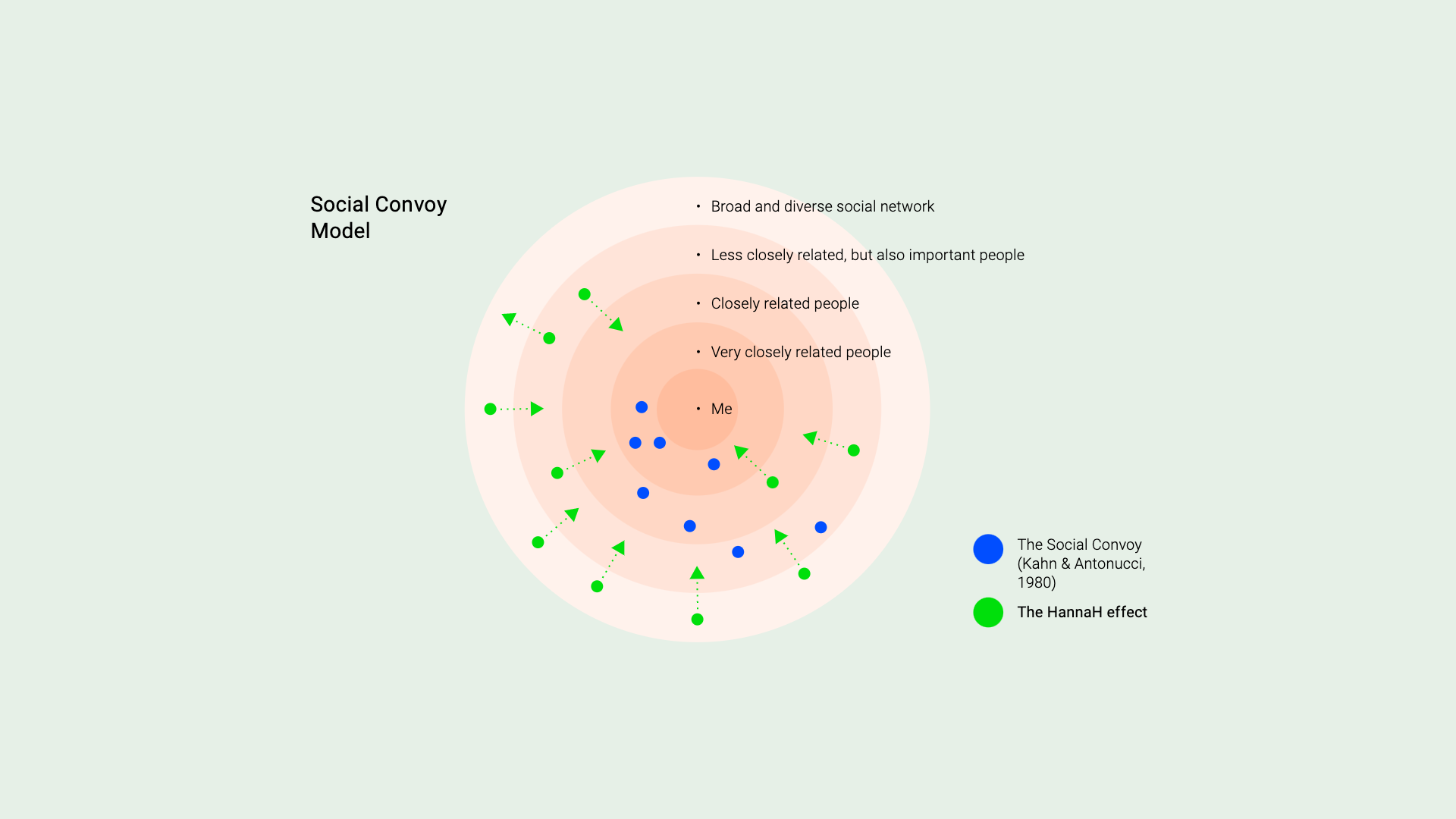Explore how to increase tenfold the opportunity for older adults to stabilise their social convoy.
We aim to disrupt the steadily decreasing social convoy in old age by exploring an intelligent matchmaking algorithm that promotes long-lasting friendships by matching users from a broader social network.
Social convoy theory holds that people maintain a network of social relationships that escorts them over the life course like a convoy, like a group of fellow travellers on the road of life. Relationships in this convoy differ in levels of closeness and dependency on social circumstances and are therefore differently affected by changes in a person’s circumstances. Relationships with people in the innermost circle of the convoy, such as spouses and the core family, should be highly stable throughout the lifespan. Relationships in the periphery of the convoy, such as acquaintances, co-workers, and neighbours, are assumed to be less stable. These relationships may end with external circumstances, such as changes in social roles or location. Various studies provide first support for convoy theory for late adulthood: Close, core relationships remained stable, whereas peripheral relationships decreased in number and contact frequency.


